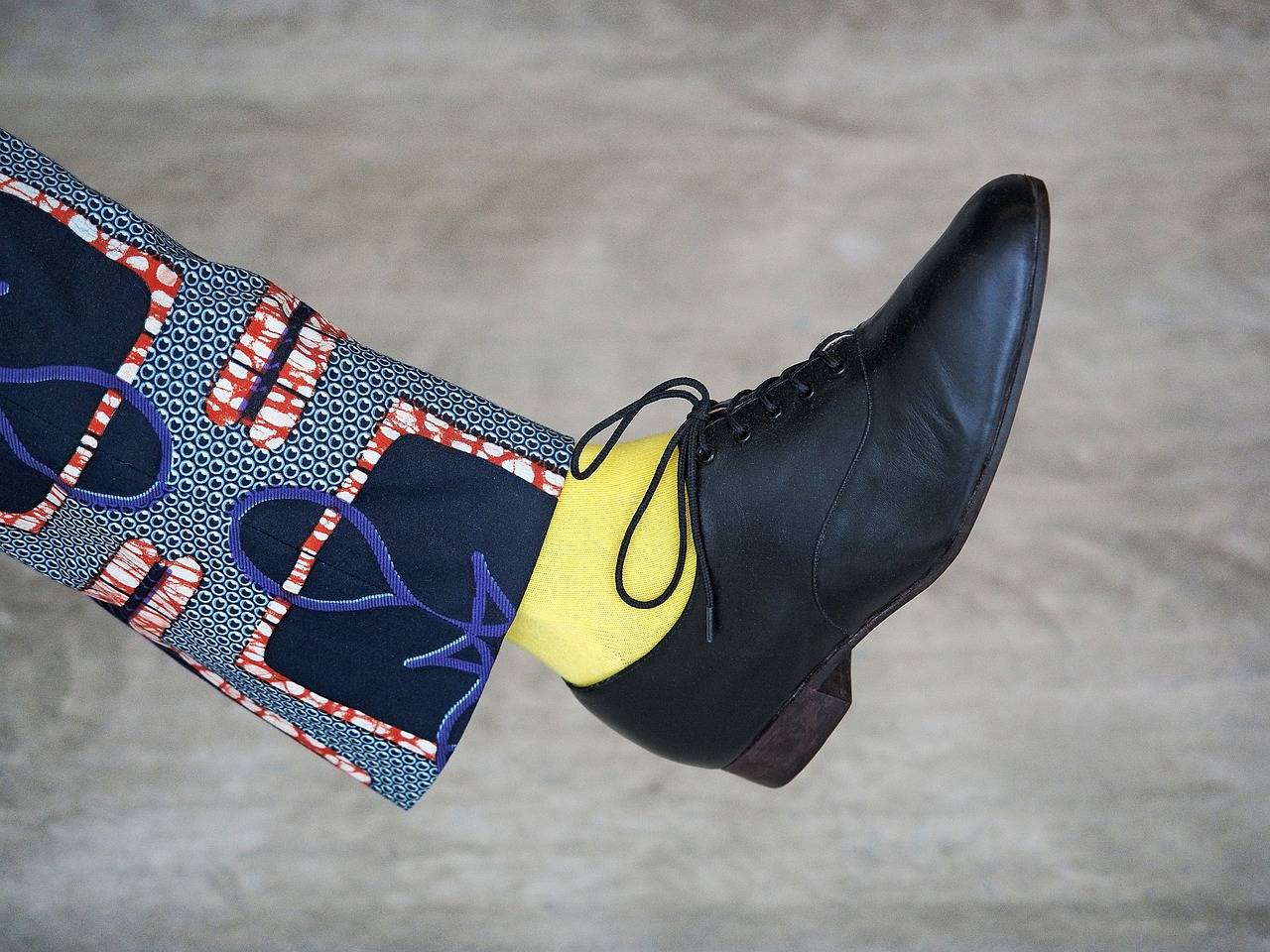Fashion and Technology: The Future of Fabric Innovations
In recent years, the fashion industry has seen a surge in fabric innovations that are revolutionizing the way clothing is designed and produced. From smart textiles embedded with technology to eco-friendly materials derived from sustainable sources, designers are exploring new possibilities in the realm of fabrics. These advancements have not only elevated the aesthetics of garments but have also addressed key issues like functionality and environmental impact.
One notable fabric innovation making waves in the industry is bio-fabrication, which involves growing materials like leather and silk in laboratories using biotechnology. This sustainable alternative to traditional fabric production methods significantly reduces the carbon footprint associated with animal agriculture and chemical processing. Furthermore, bio-fabricated materials are customizable, allowing designers to create unique textures and properties that were once unimaginable with conventional fabrics.
Sustainable Materials in Clothing Production
The fashion industry is gradually shifting its focus towards incorporating sustainable materials in clothing production. This significant change is driven by the growing awareness of the environmental impact of traditional textile manufacturing processes. Designers and brands are now exploring a wide range of eco-friendly materials, such as organic cotton, recycled polyester, and Tencel, to create stylish and sustainable clothing options for consumers.
One of the key benefits of using sustainable materials in clothing production is the reduction of carbon emissions and water usage. Traditional garment production is known to be resource-intensive and can have negative effects on both the environment and human health. By opting for sustainable materials, fashion companies can minimize their ecological footprint and contribute to a more eco-conscious industry. These innovative materials also offer advantages like better durability, breathability, and comfort, making them a desirable choice for both designers and consumers seeking environmentally responsible fashion alternatives.
What are some examples of sustainable materials used in clothing production?
Some examples of sustainable materials used in clothing production include organic cotton, bamboo, hemp, Tencel, and recycled polyester.
How do fabric innovations contribute to sustainability in the fashion industry?
Fabric innovations such as using recycled materials or developing new sustainable fibers help reduce the environmental impact of clothing production by conserving resources and reducing waste.
Are sustainable materials more expensive than traditional materials?
In general, sustainable materials can be more expensive than traditional materials due to their production processes and limited availability. However, as the demand for sustainable fashion grows, the prices are becoming more competitive.
How can consumers support the use of sustainable materials in clothing production?
Consumers can support the use of sustainable materials in clothing production by choosing to purchase clothing made from sustainable materials, supporting brands that prioritize sustainability, and spreading awareness about the importance of sustainable fashion.
What are the benefits of using sustainable materials in clothing production?
Using sustainable materials in clothing production can help reduce the environmental impact of the fashion industry, promote ethical practices in production, and support a more sustainable future for the planet.





